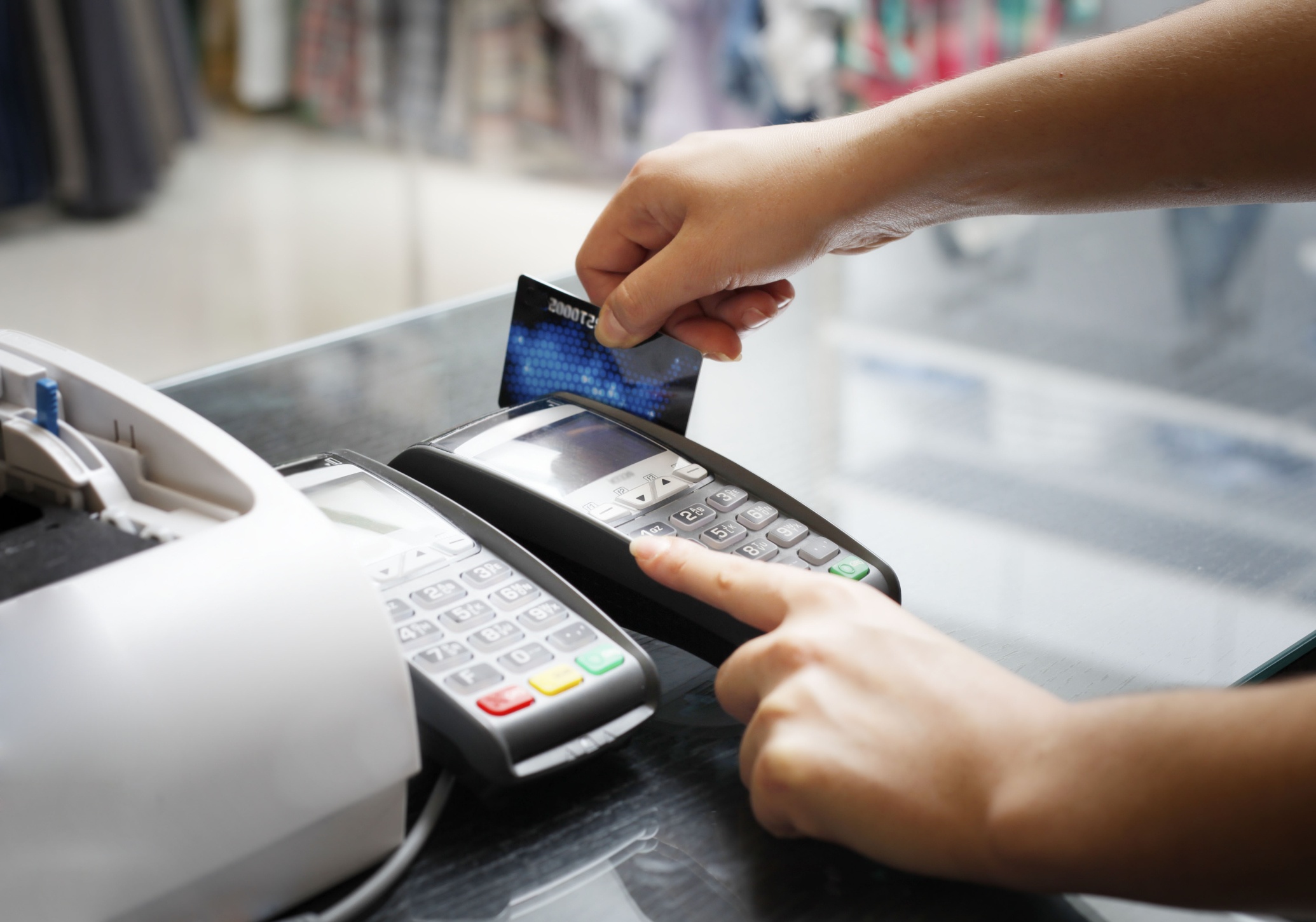The credit card processing industry has a number of vocabulary terms that are commonly used, but aren’t known by many outside of the industry. That’s why we at North American Bancard (NAB) took the time to help explain what Merchant Category Code (MCC) and Standard Industrial Classification (SIC) mean; and how they might affect your business. Once fully explained, you’ll understand how these two codes make the processing of a transaction easier.
First, let’s look at SIC. These four-digit codes were first developed by the U.S. Department of Commerce in 1937 to classify each industry type. There is a pattern that the SIC codes follow: industry group, major group and division.
 The first three numbers of the code indicate the industry group, and the first two numbers indicate the major group. Each division is made up of a range of SIC codes, i.e. the range from 2,000 to 3,999 is the division Manufacturing.
The first three numbers of the code indicate the industry group, and the first two numbers indicate the major group. Each division is made up of a range of SIC codes, i.e. the range from 2,000 to 3,999 is the division Manufacturing.
SICCODE.com explains that the SIC system arrays the economy into 11 divisions that are divided into 83 2-digit major groups, that are further subdivided into 416 3-digit industry groups, and finally split into 1,005 4-digit industries. Those 11 divisions, and their codes are:
- 0100 till 0999 is the division Agriculture, Forestry and fishing.
- 1,000 till 1,499 is division Mining
- 1,500 till 1,799 is division Construction
- 1,800 till 1,999 is not used
- 2,000 till 3,999 is the division Manufacturing
- 4,000 till 4,999 is the division Transportation, Communications, Electric, Gas and Sanitary service
- 5,000 till 5,199 is the division Wholesale Trade
- 5,200 till 5,999 is the division Retail Trade
- 6,000 till 6,799 is the division Finance, Insurance and Real Estate
- 7,000 till 8,999 is the division Services
- 9,100 till 9,729 is the division Public Administration
- Codes that start with 99 are non-classifiable
Both the Internal Revenue Service (IRS) and the processing banks use these codes as business industry identifiers to help differentiate businesses into market segments.
The Merchant Category Code (MCC) is a bit simpler to explain. It is another four-digit code, but this one is assigned to merchants through credit card companies (VISA, MasterCard, etc.) when they first start accepting credit cards. It allows the credit card companies to classify what types of goods or services the merchant sells, and how that may affect interchange rates. In the U.S., a business’s MCC can help the IRS determine if a payment needs to be made for tax purposes.
Cardfellow.com explains the MCCs were originally created to simplify 1099 reporting for commercial cardholders. The IRS requires businesses to report payments made for services on a year-end 1099 form, but it does not require the purchase of goods to be reported.



